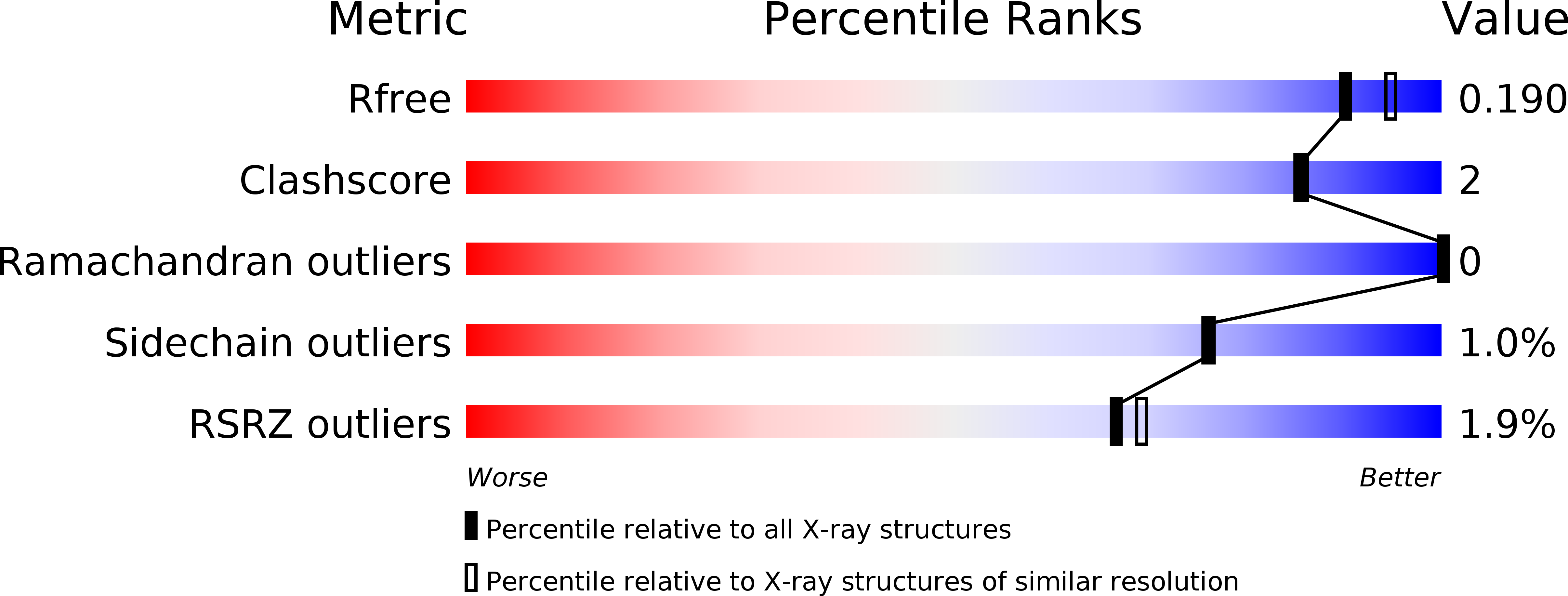Abstact
Strain SYK-6 of the bacterium Sphingobium sp. catabolizes lignin-derived biphenyl via a meta-cleavage pathway. In this pathway, LigY is proposed to catalyze the hydrolysis of the meta-cleavage product (MCP) 4,11-dicarboxy-8-hydroxy-9-methoxy-2-hydroxy-6-oxo-6-phenyl-hexa-2,4-dienoate. Here, we validated this reaction by identifying 5-carboxyvanillate and 4-carboxy-2-hydroxypenta-2,4-dienoate as the products and determined the kcat and kcat/Km values as 9.3 ± 0.6 s-1 and 2.5 ± 0.2 × 107 m-1 s-1, respectively. Sequence analyses and a 1.9 Å resolution crystal structure established that LigY belongs to the amidohydrolase superfamily, unlike previously characterized MCP hydrolases, which are serine-dependent enzymes of the α/β-hydrolase superfamily. The active-site architecture of LigY resembled that of α-amino-β-carboxymuconic-ϵ-semialdehyde decarboxylase, a class III amidohydrolase, with a single zinc ion coordinated by His-6, His-8, His-179, and Glu-282. Interestingly, we found that LigY lacks the acidic residue proposed to activate water for hydrolysis in other class III amidohydrolases. Moreover, substitution of His-223, a conserved residue proposed to activate water in other amidohydrolases, reduced the kcat to a much lesser extent than what has been reported for other amidohydrolases, suggesting that His-223 has a different role in LigY. Substitution of Arg-72, Tyr-190, Arg-234, or Glu-282 reduced LigY activity over 100-fold. On the basis of these results, we propose a catalytic mechanism involving substrate tautomerization, substrate-assisted activation of water for hydrolysis, and formation of a gem-diol intermediate. This last step diverges from what occurs in serine-dependent MCP hydrolases. This study provides insight into C-C-hydrolyzing enzymes and expands the known range of reactions catalyzed by the amidohydrolase superfamily.



